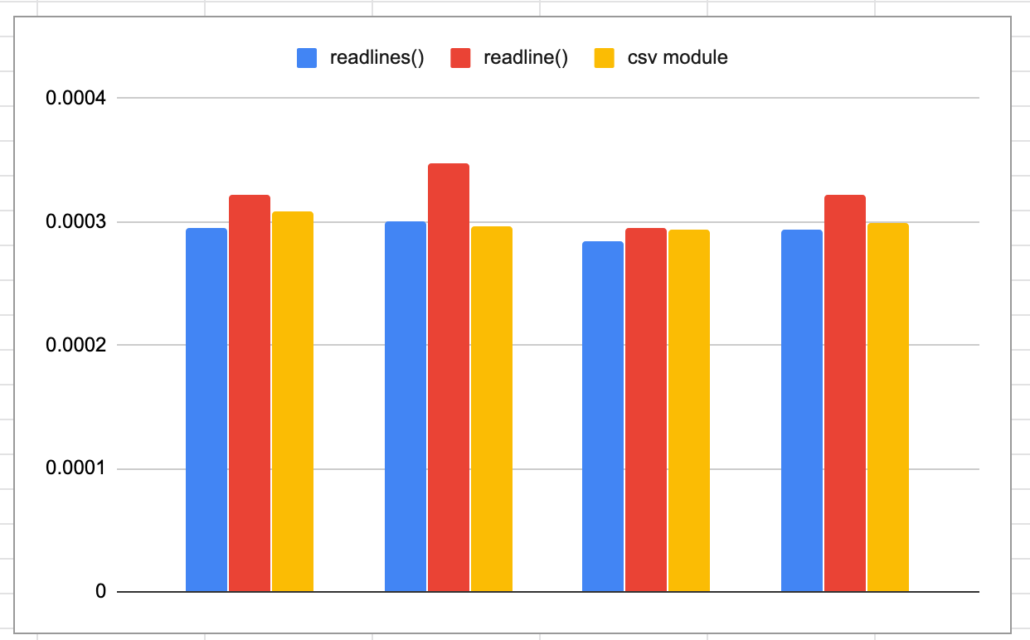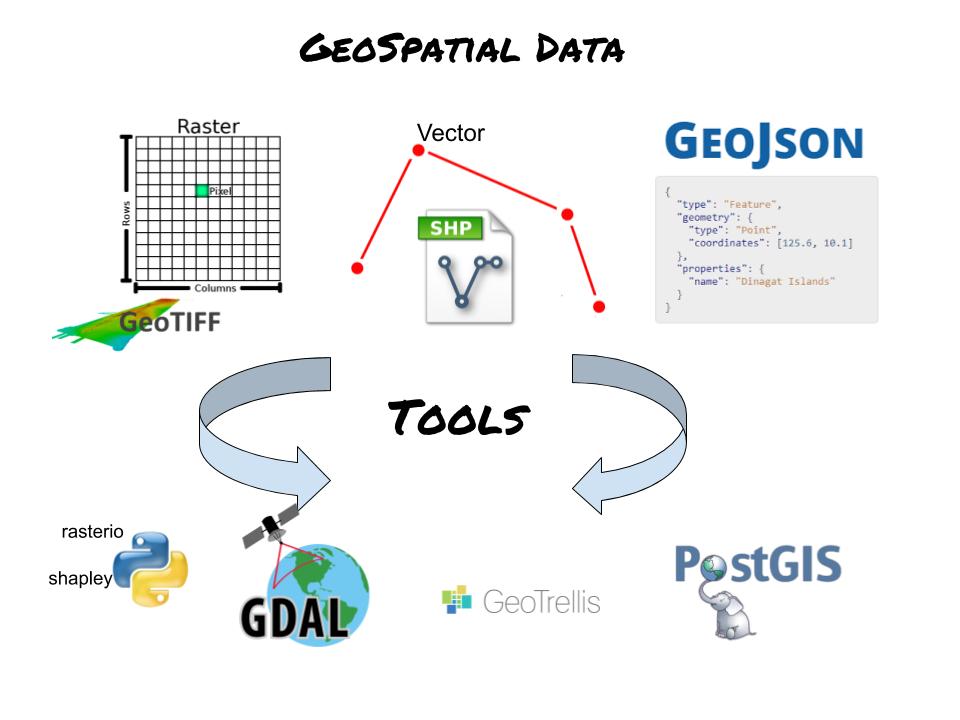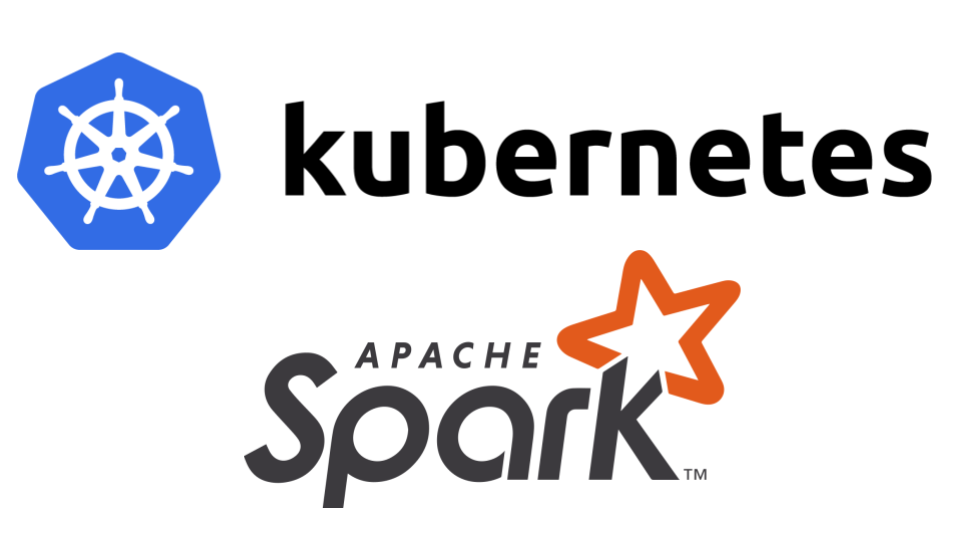
What’s Elasticsearch precious? I feel like Gollum when confronted by taters. Elasticsearch has been around for awhile now, based on Lucene, it’s become a well known name in the field of text and semi structured data storage, analysis and retrieve category. Even though it’s popular enough to get name recognition I’ve rarely run across it in the wild. We are going to dip our toes into Elasticsearch by working on a small project to store and search a book(s). It just give us enough simple problems to solve that by the end we should have at least a basic understanding of how to connect, store, and retrieve simple documents with Elasticsearch.
Read more








